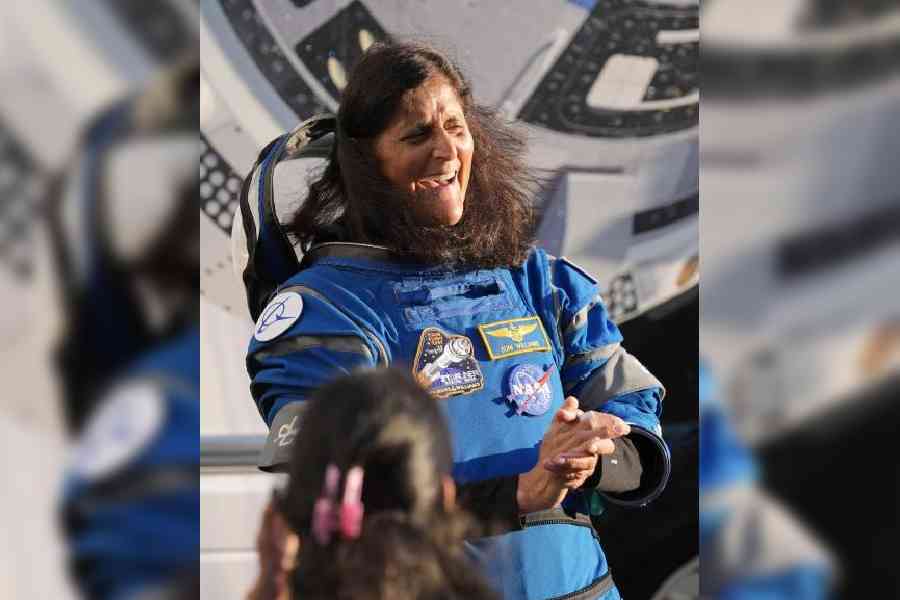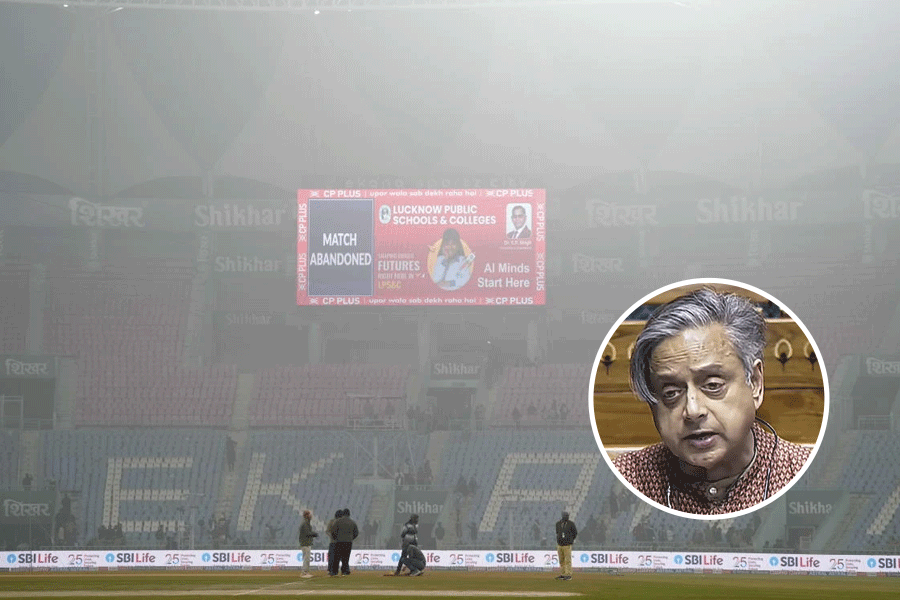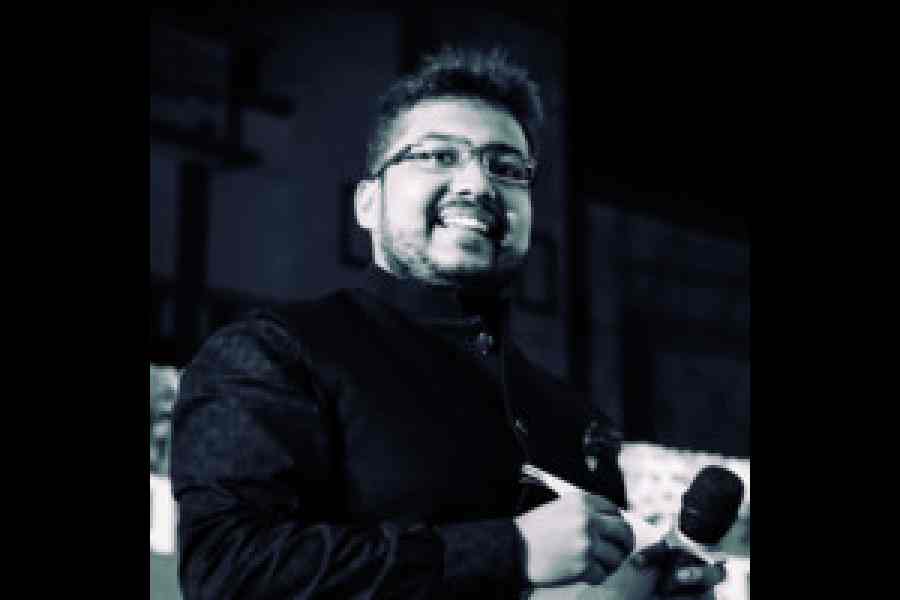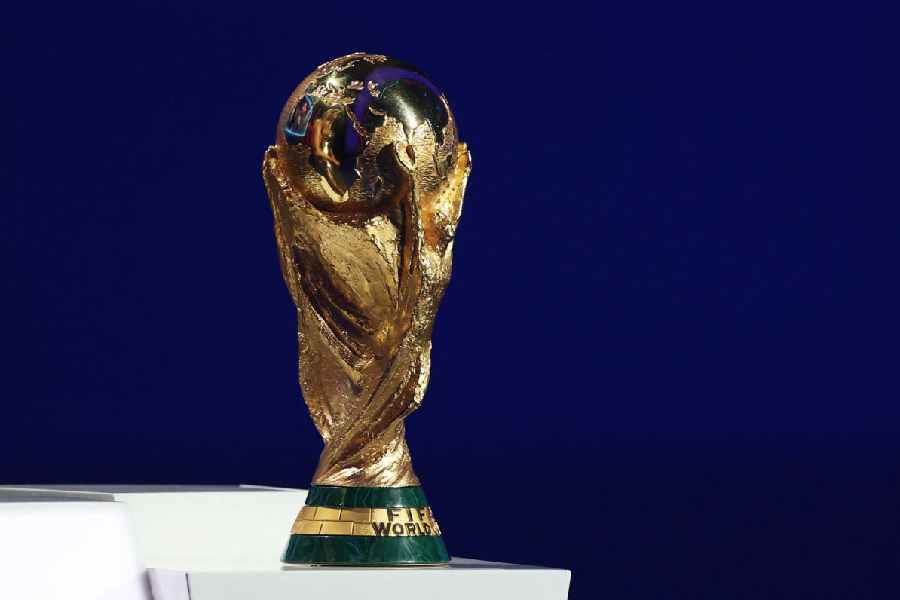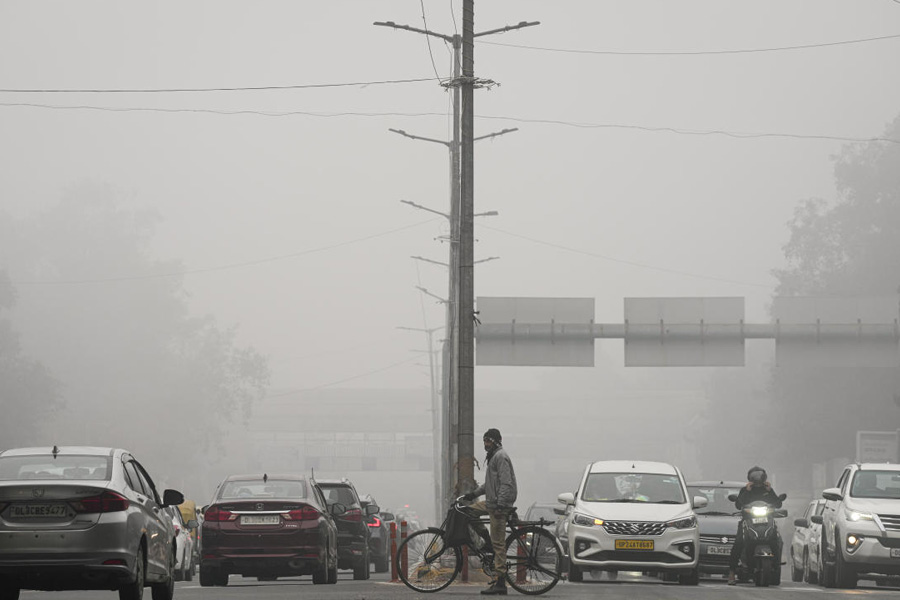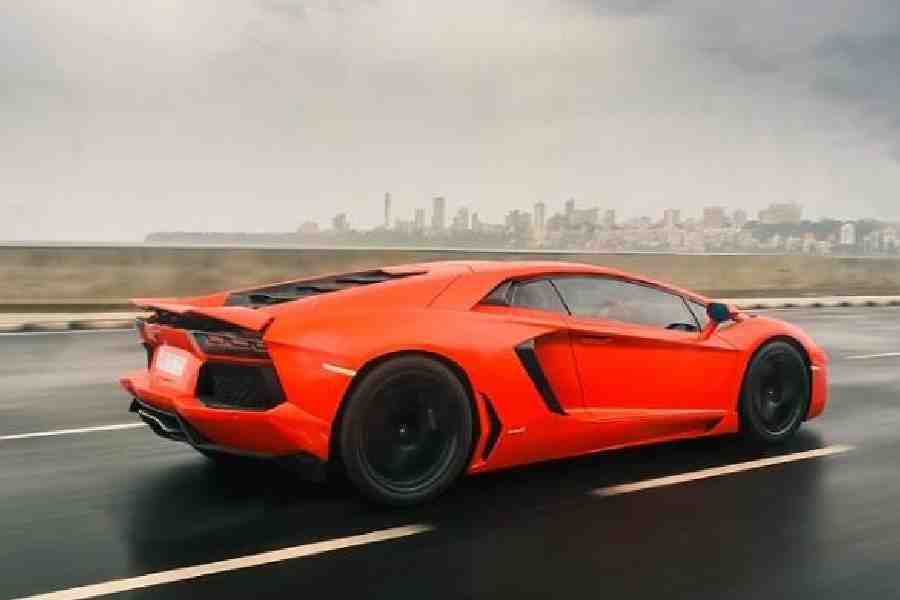Astronauts Sunita Williams and Butch Wilmore are back on Earth after an unplanned nine-month stay aboard the International Space Station, a mission that displayed human resilience and operational flexibility essential for the future of space exploration.
A SpaceX Dragon capsule ferrying Williams, Wilmore, another Nasa astronaut Nick Hague and Russian cosmonaut Alexandr Gorbunov parachuted gently into the sea off Tallahassee, Florida, at 5.57pm on Tuesday.
“What a ride,” a Reuters report quoted Hague as telling mission control from inside the capsule, moments after splashdown. “I see a capsule full of grins, ear to ear.”
A Nasa official on a SpaceX recovery ship named Megan waiting for the astronauts described the splashdown as “spectacular”, while dolphins played alongside the capsule in the blue water before it was hoisted onto the ship.
Williams and Wilmore, veteran Nasa astronauts, had flown to the ISS in June last year, test piloting the maiden crewed flight of Boeing’s Starliner spacecraft for what was intended to be an eight-day trip. But problems in the Starliner’s propulsion system prompted Nasa to bring back an uncrewed Starliner back to Earth, extending Williams’s and Wilmore’s stay on the ISS.
Their return caps a protracted space mission that turned a rare instance of Nasa’s contingency planning into a global and political spectacle, the Reuters report said on Wednesday.
The capsule that undocked from the ISS early Tuesday executed a series of thruster burns to manoeuvre closer to Earth, deorbit and re-enter the atmosphere. During re-entry, its exterior temperatures soared to 1,900°C, with an outer heat shield protecting the astronauts inside.
Two sets of parachutes slowed the capsule from its speed of 27,000km/hour at an altitude of about 5km to 25km/hour just before it hit the water.
The four astronauts were flown to the Johnson Space Centre in Houston after preliminary medical evaluation on the recovery ship. Astronauts returning to Earth after long periods in the microgravity environment of space need to “recondition” their bodies to adapt to Earth’s gravity.
The astronauts will be able to reunite with their families within a day or so, a Nasa official told reporters at a post-splashdown media conference.
Williams’s and Wilmore’s extended stay on the ISS shows “the adaptability of crew members” to change their return timelines which might help in future exploration missions to the moon or Mars, said Steve Stitch, Nasa’s manager for commercial crew programme.
Stitch also said the ISSand two space vehicles provide flexibility “we never hadbefore”.
“Some day there may be a case where we’re using Starliner to handle a Dragon contingency…. We have a luxury that we did not have in the past and we’re adapting and learning from that,” Stitch said.
Nasa officials have said the two astronauts had to remain on the ISS to maintain adequate staffing levels and it did not have the budget or operational need to send a dedicated rescue spacecraft. Crew Dragon flights cost between $100 million and $150 million.
Stitch said on Tuesday that Starliner might need to fly another uncrewed flight — its third such mission and fourth test overall — before it routinely carries astronauts.

